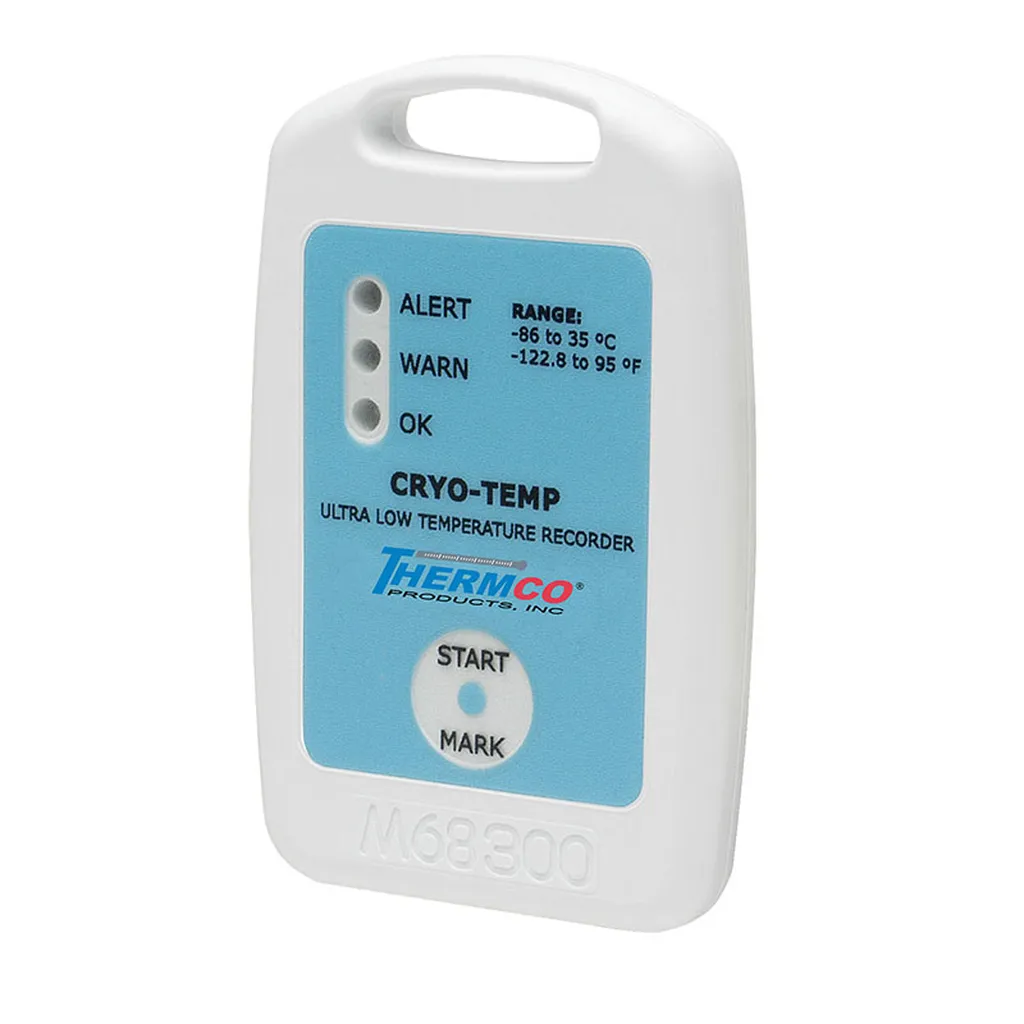Researchers Marina N. Popova, Mosab Diab, and Boris Z. Malkin from the University of Notre Dame have developed a novel approach to measuring extremely low temperatures using luminescence thermometry. Their work, published in the journal Optics Letters, presents a method that could have significant implications for industries requiring precise temperature control, including energy storage and superconducting technologies.
The researchers propose a new strategy for ultralow-temperature luminescence thermometry, which involves measuring the relative intensities of hyperfine components in the spectra of Ho3+ ions doped into a crystal. Specifically, they used a LiYF4:Ho3+ crystal to demonstrate the effectiveness of their method. By analyzing the Boltzmann behavior of the populations of crystal-field levels separated by an energy interval of 23 cm-1, they were able to measure temperatures in the range of 10-35 K.
For temperatures below 3 K, the researchers focused on the 6089 cm-1 line of the holmium 5I5 → 5I7 transition, which has a well-resolved hyperfine structure and falls within the transparency window of optical fibers (telecommunication S band). They demonstrated that the temperature could be determined by a least-squares fit to the measured intensities of all eight hyperfine components using the dependence I(ν) = I1 exp(-bν), where I1 and b = aν + hν/kT are fitting parameters. The absolute and relative thermal sensitivities of this method grow as T approaches zero, making it highly accurate for measuring extremely low temperatures.
The researchers theoretically considered the intensity distributions within hyperfine manifolds and compared the results with experimental data. Application of the method to experimentally measured relative intensities of hyperfine components of the 6089 cm-1 photoluminescence line yielded a temperature of 3.7 ± 0.2 K. For a temperature of 1 K, an order of magnitude better accuracy is expected.
This new method for measuring ultralow temperatures could have practical applications in the energy sector, particularly in the development and maintenance of superconducting technologies, which require extremely low temperatures to function efficiently. Additionally, this method could be useful in the field of energy storage, where precise temperature control is crucial for maintaining the stability and longevity of storage systems. The ability to accurately measure and control temperatures at such low levels could lead to significant advancements in these areas, ultimately contributing to a more sustainable and efficient energy future.
Source: Popova, M. N., Diab, M., & Malkin, B. Z. (2023). High-precision luminescence cryothermometry strategy by using hyperfine structure. Optics Letters, 48(6), 1456-1459.
This article is based on research available at arXiv.

